Movie Review – Peter Pan (1953)
Walt Disney was an undisputed genius. That much is certain. His ability to take famous (and semi-famous) European fairy tales and morality stories and turn them into feature films of animation so beautiful is renowned, his early works considered to this date classic masterpieces of the artform. Rightfully so, too. Who am I to try and knock the great man (after all, he’s dead, and can’t respond!), so I can really only give you my thoughts on what is one of the studios most beautifully rendered films.
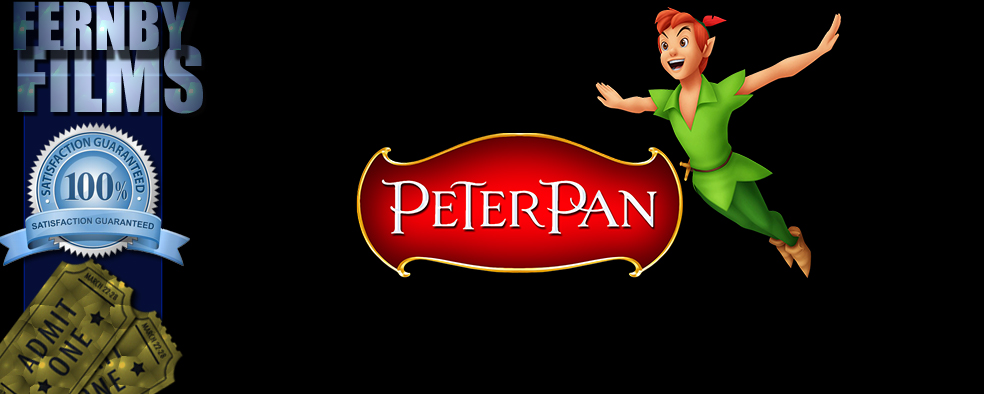
– Summary –
Director : Clyde Geronomi, Wilfred Jackson, Hamilton Luske
Cast : Bobby Driscoll, Kathryn Beaumont, Hans Conried, Bill Thompson
Length : 90 Minutes
Synopsis: Wendy, John and Michael are whisked from the home in London to Neverland, a place where children never grow up, by Peter Pan. There they fight pirates, meet Indians, mermaids and discover that family is the most important gift of all.
Review : Superlative, exceptionally well animated film, Peter Pan still remains one of the most enduring successes of Disney’s early films, the animation and vocal performances ensuring the quality of this film is unsurpassed even fifty years later.
********************
Walt Disney was an undisputed genius. That much is certain. His ability to take famous (and semi-famous) European fairy tales and morality stories and turn them into feature films of animation so beautiful is renowned, his early works considered to this date classic masterpieces of the artform. Rightfully so, too. Who am I to try and knock the great man (after all, he’s dead, and can’t respond!), so I can really only give you my thoughts on what is one of the studios most beautifully rendered films.
Peter Pan was conceived by Scottish-born playwright John M Barrie, and his first appearance was in a published version of The Little White Bird in 1902; his leading role status wouldn’t be seen until 1904, when Pan was written into a play featuring the now famous characters we all know and love, including Wendy, John and Michael Darling. Peter Pan appeared in numerous stories, in much the same way a serialised character like Sherlock Holmes would, in which the same character would get into various serialised adventures that ended up becoming the basis for the more modern take on the character. Part of the legend of the character was held that the part of Peter himself, when performed on stage, was played by a girl, rather than a boy, to try and keep the mischievous ambiguity of the character alive and well.
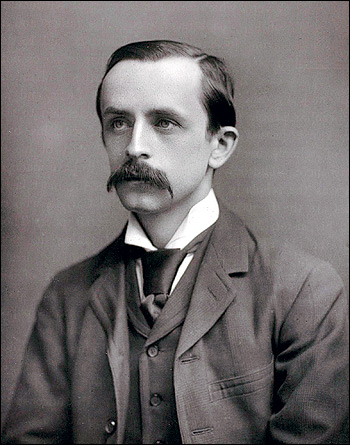
Peter Pan, along with the Lost Boys, Captain Hook, Smee, Tinkerbell and Tigerlilly, and finally the Darling children, became part of modern English folklore, a sort of mythology of childhood fantasy so eloquently expanded a few decades later by Tolkien and CS Lewis, among others. However, the underlying themes of Barrie’s stories were a little darker than the version we see today. More on this later.
In 1953, Walt Disney released his 14th feature length animated film, based upon Barrie’s story. Peter Pan quickly became a hit, and to this date remains perhaps the most identifiable version of the Barrie character of all time. Even though various film and TV version have since been made, it’s the green-tight-wearing imp Disney created that has stood the test of time and entered the pop culture zeitgeist as the definitive version. Whether this is manifestly wrong or not is not the question: I would assume that JM Barrie would approve of Disney’s version, even though the more adult elements of the central themes are watered down somewhat, if only for the fact that it keeps his creation in view of kids of all ages even still. To date, Peter Pan remains an enduring enigma, a mythical fantasy in which kids can believe that they’ll never grown up, fight pirates, and ultimately, learn valuable life lessons.
The film begins with Wendy, John and Michael Darling in their nursery, preparing for bed. John and Michael, the two younger boys, are pretending to sword-fight as pirates, complete with appalling pirate-speak. Wendy, the sensible older sister, who dreams of stories and far away places; namely Neverland, a place where kids never get old, and it’s resident legend, Peter Pan, continually battles the dastardly Captain Hook, a pirate who lost a hand to an enormous crocodile, and which now hunts him whenever he gets close to water. Wendy’s stories of Pan, Tinkerbell and Neverland are so enthralling, that Peter himself arrives one night to hear these stories spoken, only to find himself caught by Wendy and her brothers. Peter, a cocky young boy, decides to take them to Neverland, where Wendy can be a kind of “mother” figure to both Pan and his band of eager young followers, the Lost Boys. Whisked through the London sky and on to Neverland, Wendy’s presence increases the jealous rage of tiny pixie Tinkerbell, who in a fit of jealous rage, betrays Peter and allows the Darling siblings to be shot down by Captain Hook.
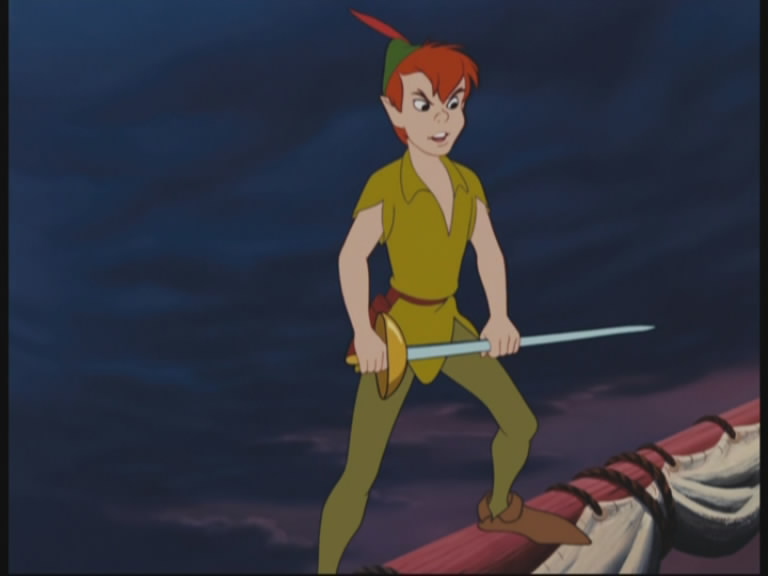
Speaking of Tinkerbell, is it just me, or is she a complete bitch? I never really liked her when I was a kid, and watching Peter Pan again as an adult, this theory of mine is reaffirmed. She has what I believe to be “short persons syndrome”, she’s possessive, jealous and devious. Peter, mind you, ain’t the great hero he pretends to be either, because he strings along women like some bizarre child-like hunk: he’s after Wendy, while Tinkerbell and Indian squaw Tigerlilly both chase after him. Wendy, being the proper English child, doesn’t appear to notice Peter’s advances, even though he’s pretty blatant about it. Perhaps he’s more interested in her as a “mother” figure, something which is, to be honest, a little creepy. Yet, the fact remains, Tinkerbell is by far the biggest cow in this film, resorting to almost killing Wendy and her brothers in order to keep Peter for herself. Impudent, arrogant and beautiful, Tinkerbell remains an enigma to me, and in an almost inexplicable twist of fate, became an icon of the Disney company.
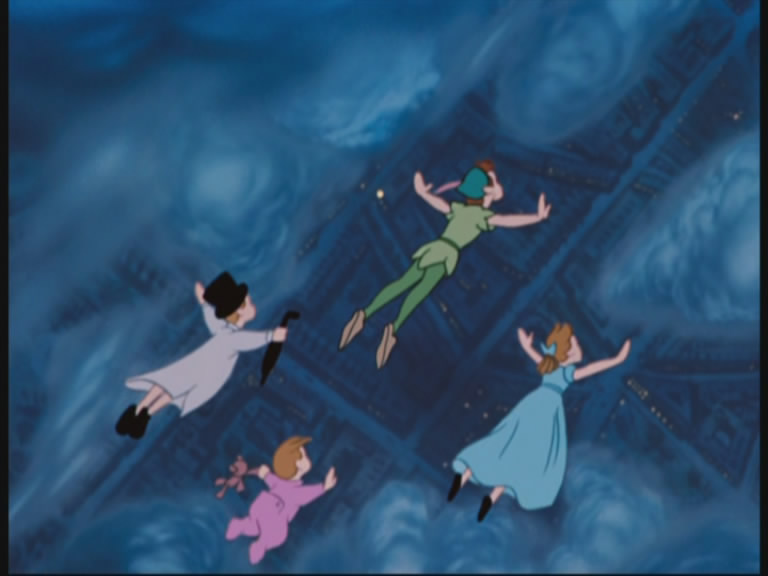
The Disney version of the story of Pan is watered down in it’s adult impact, the fact the story revolves around childhood, elements of growing up and getting older, of hating one’s parents, of consequence-free environments, all appear to have been brushed aside in order to maintain the healthy, child-friendly morality that Disney espoused. That’s not to say that Peter Pan is without impact, because it certainly contains elements of those story points in one form or another, but their impact is diminished from the more traditional telling. Watching Steven Spielberg’s critically lambasted Hook is an indication of the more adult oriented elements in Barrie’s original stories, and even the more recent PJ Hogan directed live-action version of the classic tale has a darker undertone permeating the bright colours and flashy effects. But this is Disney, and in keeping with the brand the company built up over decades of family-oriented entertainment, the morals and ethics the film stands to teach kids are subtle, hidden in clever scripting and delightful animation.
And let’s chat animation for a moment, shall we? For the longest time, Disney was perhaps the single greatest animation studio on the planet, and their reputation was well deserved. Peter Pan is indicative of the level of quality their animation team, led by the famous “9 old men”. The 9 old men, who are legend throughout the halls of Disney, and animation in general, are 9 core animators who Walt personally selected to lead the studio into the new era of creative imagination. Among the 9 are Ollie Johnson (who worked on Mr Smee in Peter Pan), Milt Kahl, Eric Larson (who animated the Darling children’s flight over London) and Frank Thomas, who was lead animator on Captain Hook. Peter Pan is an animation masterpiece in almost every sense of the word. There is not a frame within this film that isn’t stunning to look at. Everything, from the lighting to the colours and textures, are perfectly rendered, brought to stunning life on the latest DVD release, which according to the blurb on the back cover, has been enhanced and restored. If that’s true, the restoration is immaculate, with nary a glimpse of grain, dirt or grime to be seen.
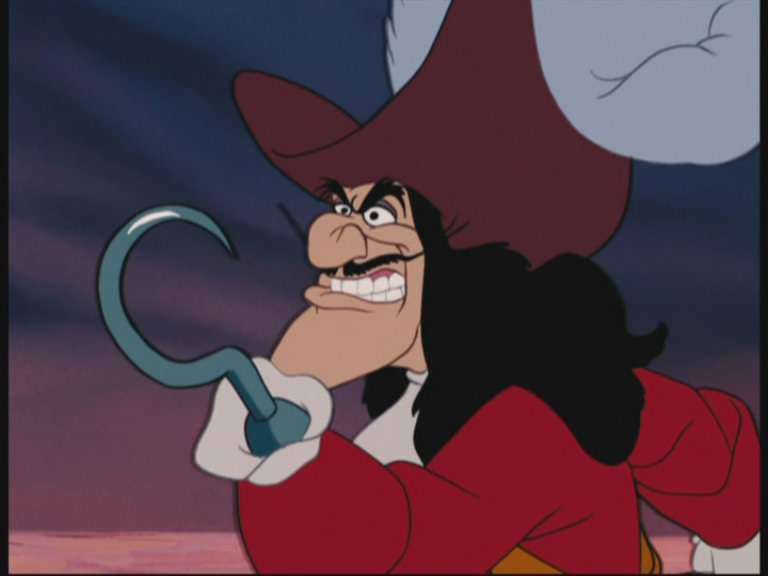
Peter Pan features some stunning images, not the least of which is the battles between Hook and a flying Peter, the use of shadow, silhouette and contrast making for an incredibly dynamic, energetic visual feast. The darker moments of the film are rendered perfectly, the moody seriousness of the Indian village, the bright and happy home of the Darlings, the mystical ethereal nature of Neverland from high above; almost every aspect of this film looks spectacular. One of my favourite scenes, with Peter, Wendy and the boys up in the clouds as they approach Neverland for the first time, is as bright and cheerful a picture as you’d want.
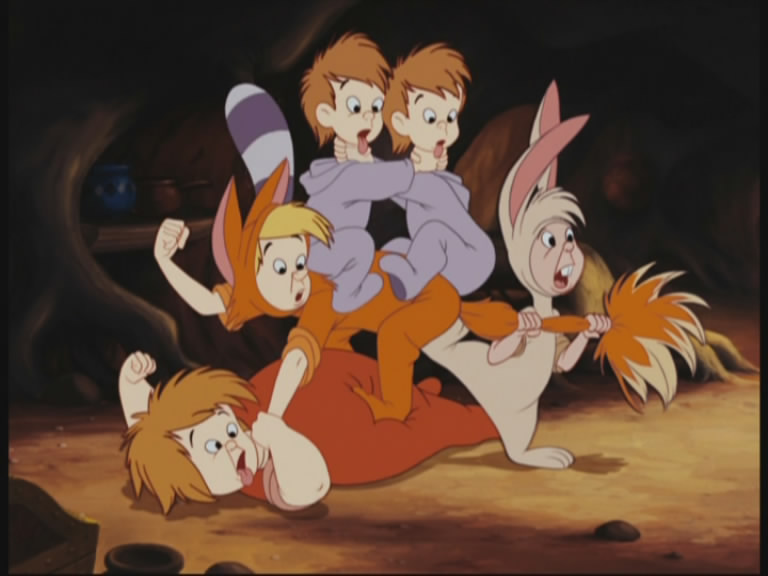
Musically, Peter Pan is stuck in a bit of a timewarp. The score, delightfully lilting and expressive, is typical of animated features and shorts of the era. The music describes the on-screen action almost frame for frame; rather than being an ambient or emotional score, it remains a highly charged, descriptive affair from composer Oliver Wallace. While I am a traditionalist, and prefer films to be presented on DVD in their original sound format, here, the Disney DVD features the soundtrack in it’s patented Home Theater Mix, which, to be honest, I’ve often found a bit gimmicky. Most of Disney’s major releases predating stereo sound have a thin, often compressed soundtrack when presented in the full range 5.1 mix, except for the music, which more often than not is improved by being remixed into the added channels available. Here, Pans soundtrack is superb, a full blooded orchestral mix, leaving the dialogue and sound effects to remain stuck in mono-sounding blandness. The contrast is annoying, and for the majority of people, they’ll probably not care, but for the cinema buffs among you, you’ll be heading for the original mono mix soundtrack on the DVD instead.
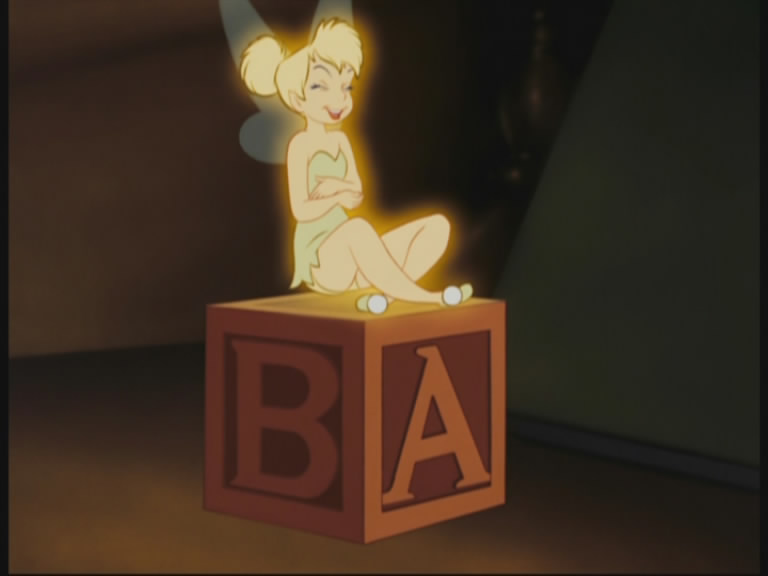
Vocally, the film is among the very best of the early Disney catalogue for voice-talent. Chief among the players is Hans Conried in the dual role of Mr Darling and Captain Hook, Bill Thompson as Mr Smee, Kathryn Beaumont as Wendy, and Bobby Driscoll as Peter. Driscoll, who never really escaped his child-star tag and eventually died in a New York sewerage drain, poor and unknown, has the requisite snap and sparkle to play the mischievous boy from Neverland. Beaumont, who also voiced Alice in Alice In Wonderland, is great, if slightly boring, as Wendy, although her role isn’t as large as I’d expected for a part like this. The core relationship in the story (for me) is Wendy-Peter, however the Peter-Hook one appears larger and more interesting to the Disney crew, and the Wendy-Peter one suffers as a result. But by far the vocal star of this film is Conried as Hook, a blustering, sniveling, slimy performance that perfectly captures both the frustration and insane dedication of the man to capture the young upstart. His repartee with Thompson as Smee (aside: Thompson also voiced the White Rabbit in Alice In Wonderland, and python Kaa in The Jungle Book) is delightful, and you can see where Dustin Hoffman and Bob Hoskins drew their inspiration from for those roles in Spielbergs version of the story years later.
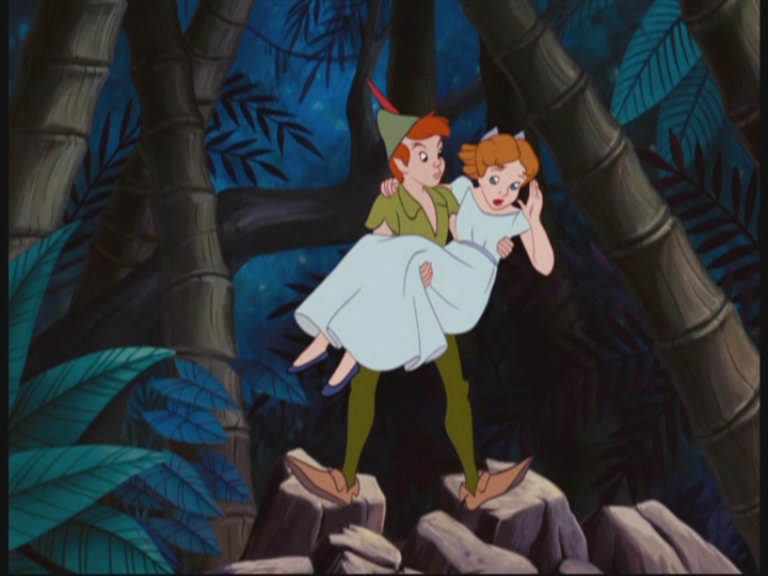
The great thing about Peter Pan as a film is that even fifty-odd years after it’s original premiere, the movie is still entertaining to watch. In this CGI, 3D world with Pixar, Shrek and company all vying for your dollar with the greatest effects and whizz-bang technology, it’s good to know solid, entertaining films like Peter Pan are around for the children to be entertained with. A great film, that to this day stands up against even the most modern of animated films and punches its weight in success.




 Monsters University Review
Monsters University Review